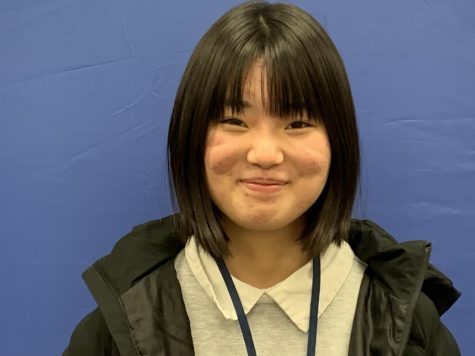Nothing Says “Japan” Like “Anime”
May 6, 2022
What comes to most people’s minds when they think of Japan? Anime. So, it made me wonder about the history of anime and how it has evolved.
Anime is a style of animation originating in Japan that is characterized by stark, colorful graphics depicting vibrant characters in action-filled plots–often with fantastic or futuristic themes.
A guy named Tezuka Osamu started modern animation. His dad liked cameras and had a home-use projector, so he was able to watch Disney movies from an early age and seemed to have been interested in manga movies from an early age. It seems that his house also had “Complete Works of World Literature,” and he read it from time to time. He also liked reading manga with his parents and read it aloud with picture books. He himself often read and liked to draw comics. He was at Ikeda Normal Elementary School in Ikeda, Osaka (currently Ikeda Elementary School attached to Osaka University of Education), and his manga was so outstanding that it became popular among teachers.
Second, I want to explain in detail about anime. They do have five types: shonen, shojo, seinen, josei, and kodomomuke.
Shone anime is each kind of anime focused on a specific target population of viewers. Shonen anime is a category of anime made specifically for younger boys. Usually, there is some type of main character, normally male, who has muscles, good martial arts abilities, and some type of ability to enhance his strength. For example, Haikyuu!!, To Your Eternity, Samurai, Champloo…, and Yu Yu Hakusho: Ghost Files.
Shojo anime focuses more on the interpersonal relationship and romance in the story, rather than the fighting and action. For example, Orange, Monthly Girls’ Nozaki-Kun, Yona of the Dawn, and Blue Spring Ride. Shoujo focuses more on the interpersonal relationship and romance in the story rather than the fighting and action. For example, Fruits Basket, Natsume’s Book Of Friends, and Banana Fish. Josei anime are catered specifically for women’s interests. For example, Chihayafuru, Nana, and Fruits Basket. Kodomomuke is made for children education.
Anime includes many cultures of Japan. Watching anime also has many benefits, such as for relaxing and feeling relieved. Those who haven’t watched anime should watch some.








